
Search
Articles
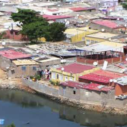
Angola: The First Country in Africa to Develop a Municipal Multidimensional Poverty Index
Located on the western coast of south-central Africa, the Republic of Angola has a population of approximately 31 million (2020). According to the 2019 global Multidimensional Poverty Index (MPI), 51% of its population lives in multidimensional poverty.
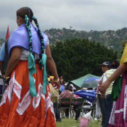
Measuring Poverty in the Indigenous Population of Mexico
The measurement of multidimensional poverty in the indigenous population of Mexico stems from two concerns. The first is a general concern about poverty. It has been established that the prevalence of poverty in the indigenous population – extreme poverty in particular – is consistently greater than in the rest of the population, and that it involves much broader factors than income. The end result is an accumulation of disadvantages that work against equal rights.
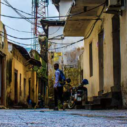
Shame, humiliation, and poverty
What do a survivor of the Bangladeshi war of independence, a leprosy sufferer, and a Colombian demobilised FARC member have in common? The answer is that stigma and discrimination –which are related to the emotional states of shame and humiliation – have played a central role in the poverty of these people, as it shows in the three stories published in the Spanish newspaper El País that we will see below.
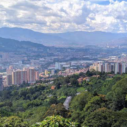
Data of the Month: Colombia Municipal MPI
The National Administrative Department of Statistics (DANE) of Colombia launched its Municipal Multidimensional Poverty Measure from Census Sources. This measure consists of five dimensions: educational conditions of the household, conditions of childhood and youth, health, employment and housing conditions, and access to public services.
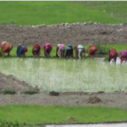
Living in multidimensional poverty in India: Kari’s story
Kari is a 45-year-old woman who lives in her birthplace village in Bihar, India. She was married to her husband when she was 13, and they have a son and three daughters. The family is Hindu and belongs to the Musahar caste. During certain sea- sons, Kari finds agricultural employment related to the crop cycle, often walking 15 kilometres to work.












